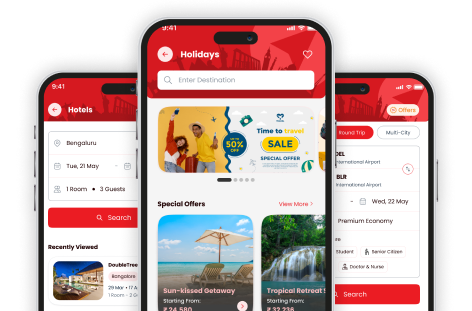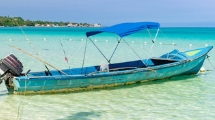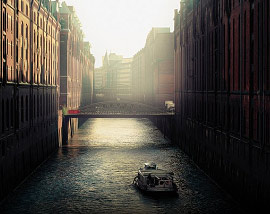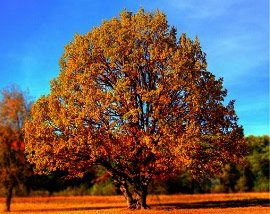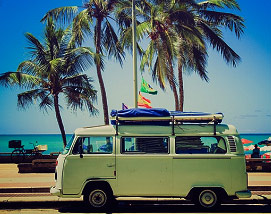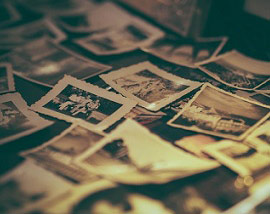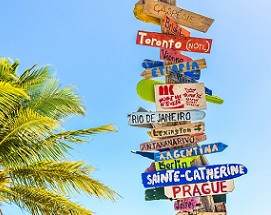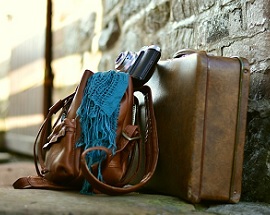A modern city surrounded by refreshingly scenic hills, tropical forests and a rugged coastline, Port Blair is the capital of the Andaman and Nicobar Islands. Lively and bustling, with shopping centres, restaurants, museums and parks, as well as easy access to nature reserves and beaches, a Port Blair tour can be an interesting introduction to the islands.
Geography of Port Blair
Port Blair is located on the east coast of the South Andaman island. The capital city of the Andaman and Nicobar Islands, it serves as the gateway to the nearby islands. The Aberdeen Bazaar forms the centre of the town, with restaurants and hotels also clustered around this central area. Most of the government offices, administrative buildings, the airport and main facilities are in Port Blair. However, with hills, forests and a coastline on its borders, it still evokes the beauty of the Andamans.
Climate of Port Blair
Port Blair’s climate is typically tropical – warm and humid but moderated by sea breezes. It is often called an all-weather city, as the weather remains uniform – neither too hot in summer nor too cold in winter. Temperatures usually vary between about 23 °C to about 30 °C on a daily basis, throughout the year, which makes it favourable for Port Blair tourism all year through.
Port Blair receives approximately 3,000 mm of rain annually, thanks to the southwest monsoon, which brings rain to Port Blair from May through September. Surprisingly, despite being the capital of India’s remotest state, it is Port Blair that has been relied on for the longest, for meteorological data for shipping in the Bay of Bengal. A reporting station was in operation at Port Blair as early as 1868.
Culture of Port Blair
A heart-warming blend of religions, languages and communities make up the composite culture of Port Blair. As Hindus, Christians, Sikhs and Muslims live together here in harmony, the festivals of all communities are celebrated with enthusiasm, including Diwali, Shivratri, Pongal, Janmashtami, Good Friday, Holi and Christmas. Besides, the Andaman and Nicobar Administration organises the annual 15-day Island Tourism Festival, the Subhash Mela and the Jute Fair. Dance and drama performances, water sports and cultural events are a regular feature of these festivals. Another representation of Port Blair’s diversity is the multi-cultural cuisine that can be savoured at its restaurants.
The indigenous people of the Andamans have a culture that is thousands of years old. A few of them have moved into the mainstream, but most of the tribes continue to maintain their ancient ways and are very protective of their own culture. Inspired by the tribals’ use of plant products for clothing, jewellery and daily utensils, local artisans have created many handicrafts that are unique to the Andamans. You can find them in the quaint bylanes and shopping centres of Port Blair.
Port Blair Tour
As the only commercial airport of the Andaman Islands is in Port Blair, the capital city is your entry and exit point into the islands. While tourists often stay only long enough to catch a ferry to the nearby islands, it is worth exploring Port Blair’s many museums, discovering its flora and fauna and rich marine, or simply strolling through its gardens taking in the breeze. In fact, you could consider Port Blair your one-stop destination to discover the culture and heritage of the Andaman and Nicobar Islands.
Once you’ve taken in the sights of Port Blair, take a ferry or a car and visit the many tourist attractions nearby. Port Blair tourism offers experiences as varied as the historic Cellular Jail, where Indian prisoners were kept in solitary confinement to prevent contact with each other, a fascinating science centre, the Rajiv Gandhi Water Sports Complex and the Anthropological Museum, along with beaches, restaurants and the alluring Aberdeen Market.
While on a Port Blair tour, you shouldn’t miss the serene and beautiful Gandhi Park, or Ross Island, with its relics of British rule, or the many stunning beaches within easy reach of Port Blair, including Corbyn’s Cove Beach. Around 25 to 30 kms. away, Mundapahar Beach beckons with its breathtaking scenery and coastline. While Chidiya Tapu invites you to experience Nature in all her glory, amidst rare and exotic species of plants and birds.
A wealth of handicrafts await you at Sagarika Government Emporium. You cannot leave this treasure trove without splurging on exquisite décor pieces in wood, bamboo or shell, pearl jewellery, or coconut lampshades. A visit to Kalapani Museum offers you the opportunity to view rare historic documents and archival material, on display in the country’s only private history museum.
